Educational toys play a crucial role in supporting children’s growth and development. They not only entertain but also help children learn about their surroundings, satisfy their curiosity, and boost their intelligence.
Educational toys come in many forms, and their interactive designs encourage creativity by allowing kids to build, shape, and explore. Toys that can be assembled into different structures, for example, help children understand how various things are created and work together.
However, it’s important for parents to choose toys that are suitable for their child’s age and developmental stage to ensure both safety and maximum learning benefit. So, in this guide, we’ll break down what are educational toys, the benefits, and tips to choose the best educational toys for your children.

What Are Educational Toys?
Many people still carry childhood ideas of what an “educational toy” is, often imagining something dull or overly serious. But as our understanding of play’s role in child development has grown, so have the toys themselves. Today’s educational toys are designed to make learning enjoyable, blending fun with valuable skills children can carry into school and everyday life.
Educational toys are any toys that help children develop creativity, problem-solving abilities, an understanding of how things work, and essential knowledge in an engaging way. These toys promote learning through interactive play, stimulating a child’s mind while enhancing cognitive development, gross motor skills, and social abilities.
What makes a toy educational isn’t just its label; it’s how it engages children. The best educational toys encourage activities that involve thinking, decision-making, creativity, and imagination. Whether it’s building, role-playing, or exploring, these toys turn everyday play into opportunities for meaningful growth.
Benefits of Educational Toys
Many parents wonder, do educational toys work? The answer is yes, when chosen appropriately, they support children’s development in a wide range of ways. Let’s take a closer look at the valuable benefits these toys provide for children’s learning and growth.
1. Improves Sensory Growth
Educational toys aren’t just about learning facts, they also support the development of a child’s senses. Many are designed to enhance sight, touch, and hearing through bright colors, different textures, and engaging sounds. This sensory play is especially important for infants and toddlers, helping them explore the world around them while building visual, spatial, and emotional regulation skills.
2. Better Socialization and Cooperation
Some of the best learning happens when kids play together. Educational toys that are great for group activities give children the chance to talk, listen, share, and work toward common goals. Over time, they pick up teamwork, cooperation, and better communication—all in a relaxed and playful setting.
3. Problem-Solving and IQ Boosters
Toys like puzzles, building sets, and memory games challenge kids to think things through. As they figure out how to solve problems or complete tasks, they sharpen skills like memory, hand-eye coordination, and logical thinking. These fun brain workouts can also boost confidence and support overall cognitive development.
4. Improved Creativity
Educational toys nurture a child’s natural curiosity and creativity, two essential drivers of learning. These toys encourage children to explore, experiment, and interact with their environment in fun, imaginative ways. Through creative play, kids safely discover how things work, express new ideas, and better understand the world around them.
5. Enhanced Concentration
It’s no secret that young kids can be easily distracted. But when a toy truly captures their interest, something changes. Activities like stacking, sorting, or solving puzzles can hold their attention for longer periods, slowly strengthening their ability to concentrate and stick with a task—skills they’ll rely on for school and daily life.
Best Educational Toys
Understanding the value of educational toys is one thing; choosing the right ones is another. Here are some of the best educational toys to consider.
Baby Rattle
The baby rattle is designed to support healthy brain development and encourage fun, meaningful interactions between parents and babies. Ideal for educational toys for infants 6-12 months and up to 24 months, it promotes soothing, sensory development, and early learning. If you’re wondering what are the best educational toys for infants, the Alilo Smart Bunny Baby Rattle is a great option, especially with its included color cards for playful, interactive learning.

Math Magic Oral Arithmetic Exercise Toy
The Alilo Oral Arithmetic Exercise Toy is an engaging learning tool that helps children build math skills through interactive games and positive reinforcement. With 11 levels of addition, subtraction, multiplication, and division challenges, it boosts problem-solving, memory, and logical thinking while making math fun and approachable. If you’re considering what are the best educational toys, this toy is a smart choice for enjoyably introducing early math concepts.

Interactive Reading Pen Set
The Alilo Early Learning Pen Set is designed for children aged 3–6, encouraging independent learning through interactive play. By tapping the pen on images or words, it reads aloud, helping kids connect sounds and visuals. The set includes 100 flashcards covering colours, animals, fruits, alphabet cards for letter recognition and pronunciation, and musical instrument cards to introduce different sounds and spark an interest in music. It’s a clear example of what makes a toy educational, combining fun, interaction, and skill-building in one engaging activity.

Things to Avoid When Choosing Educational Toys
If you’re wondering how to choose educational toys, keep in mind a few key tips on what to watch for when picking the right ones.
1. Gender Stereotypes
Avoid toys that reinforce gender stereotypes or restrict a child’s imagination based on gender. Instead, choose inclusive toys that encourage all children to explore a wide range of interests freely.
2. Too Much Screen Time
Be cautious of toys that promote excessive screen time. While some digital options can be educational, too much screen exposure may hinder a child’s development. Prioritize hands-on, interactive toys that encourage active play and real-world learning.
3. Passive Learning
Avoid toys that offer passive entertainment without engaging a child’s mind. The best educational toys encourage active participation, problem-solving, and critical thinking to support meaningful learning.
4. Overly Simple Toys
Steer clear of overly simplistic toys that offer little more than a single function, like a button that just plays a song. These quickly lose a child’s interest and provide limited learning value. Instead, choose toys that offer varied challenges and opportunities for exploration.
Conclusion
What are educational toys? Educational toys are more than just fun, they play a crucial role in nurturing a child’s curiosity, creativity, and critical thinking skills. Choosing the right toys, those that promote imagination, critical thinking, and interaction, can set the foundation for lifelong learning and success. Avoiding overly simplistic, passive, or stereotype-reinforcing toys ensures that children get the most from their playtime. Ultimately, the best educational toys inspire curiosity and growth at every stage.
FAQs
What is the meaning of educational toys?
Educational toys are specially designed playthings that promote learning while keeping children engaged and entertained. Their main purpose is to stimulate a child’s mind, helping develop important skills such as problem-solving, cognitive thinking, and gross motor abilities in a fun, hands-on way. These toys make learning enjoyable by turning educational activities into playful experiences.
What is the difference between educational toys and traditional toys?
The main difference between educational toys and traditional toys is their purpose. Educational toys are specifically designed to support learning and help children develop skills like problem-solving, creativity, and coordination through play. In contrast, traditional toys focus more on entertainment, imaginative play, and social interaction without a direct emphasis on educational outcomes. Both types are valuable, but educational toys combine fun with intentional learning experiences.
Why are educational toys important?
Educational toys are important because they combine fun with meaningful learning. Children naturally learn through play, and these toys help develop essential skills like communication, social interaction, problem-solving, and cognitive growth. By engaging with educational toys, kids build the tools they need to better understand the world and think critically.
What is the most popular educational toy?
There isn’t just one single most popular educational toy, as different types appeal to various age groups and interests. However, some of the most popular options include magnetic building tiles, coding and robotics kits, art and craft kits, and outdoor exploration sets. These toys are well-loved for combining fun with hands-on learning and skill development.
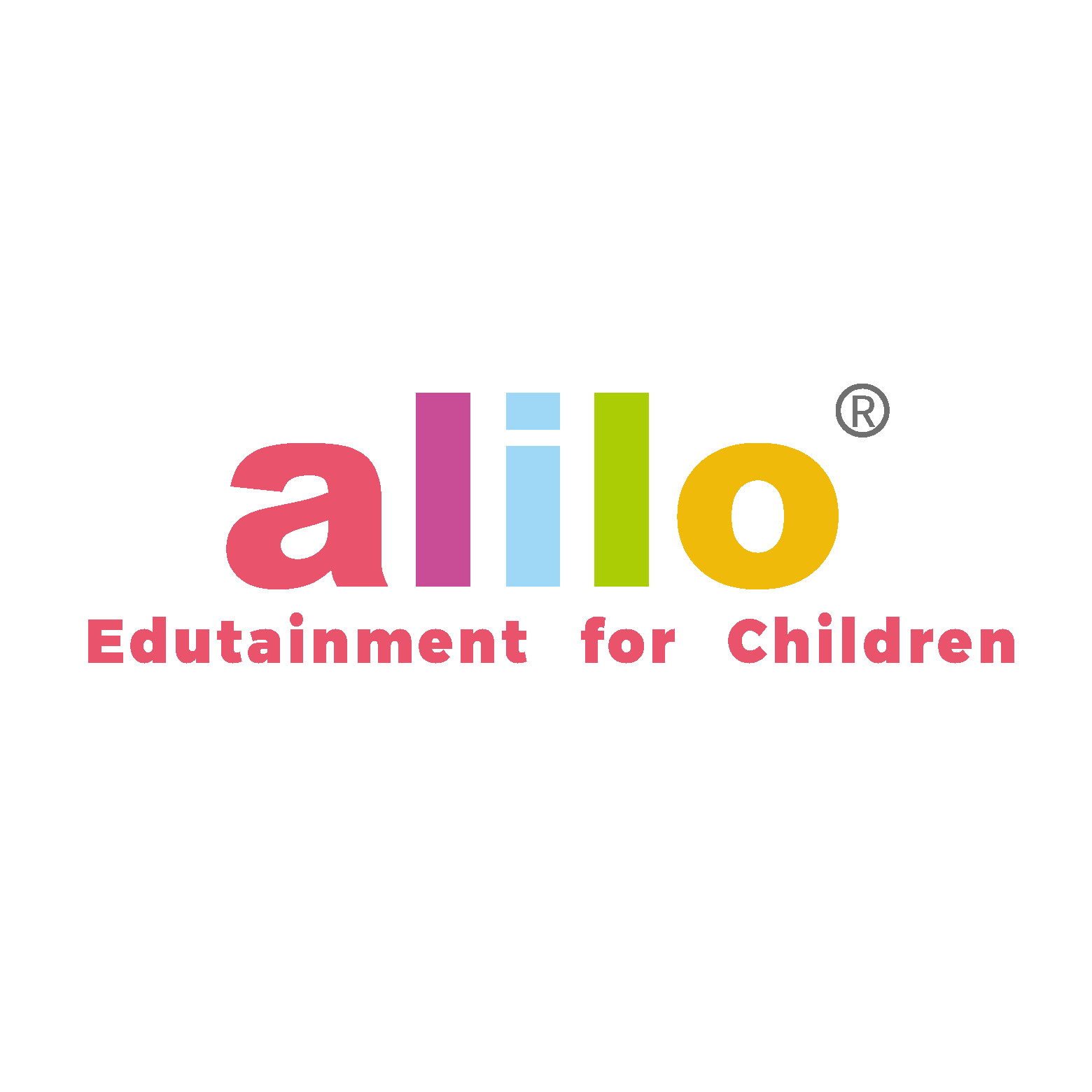
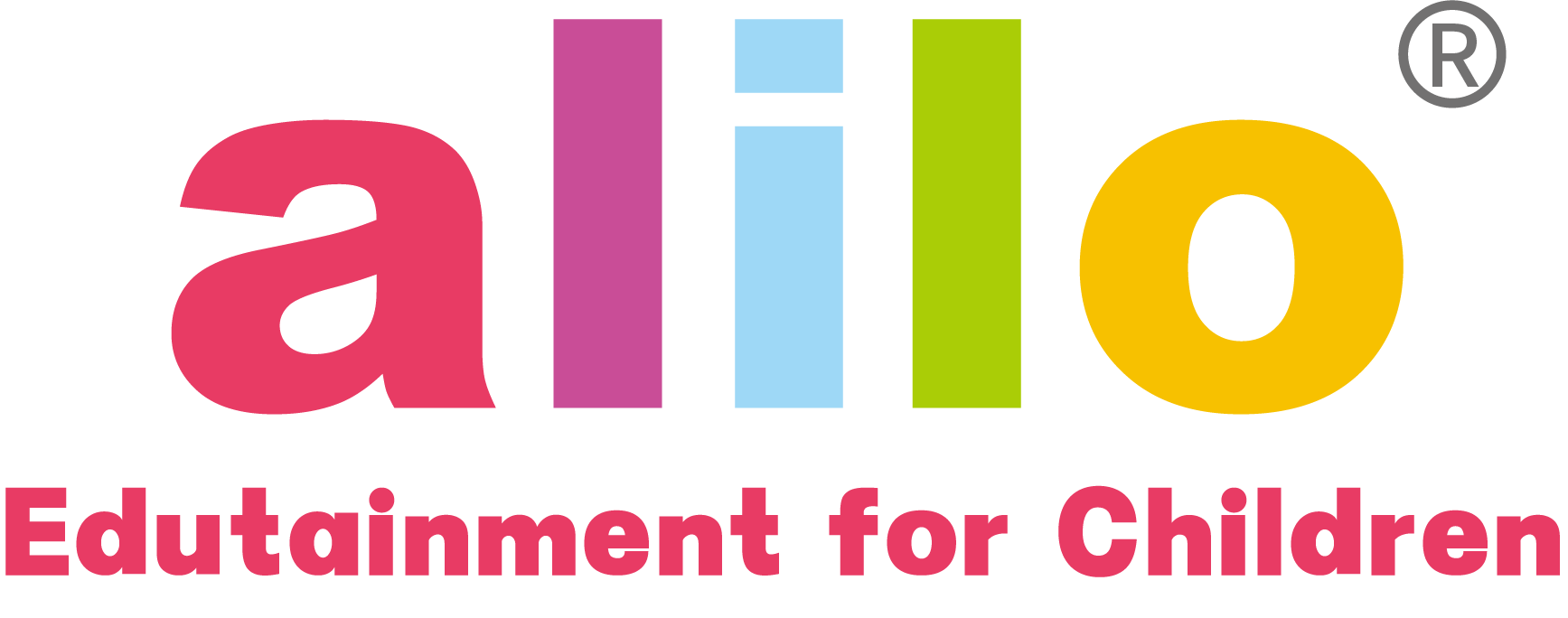
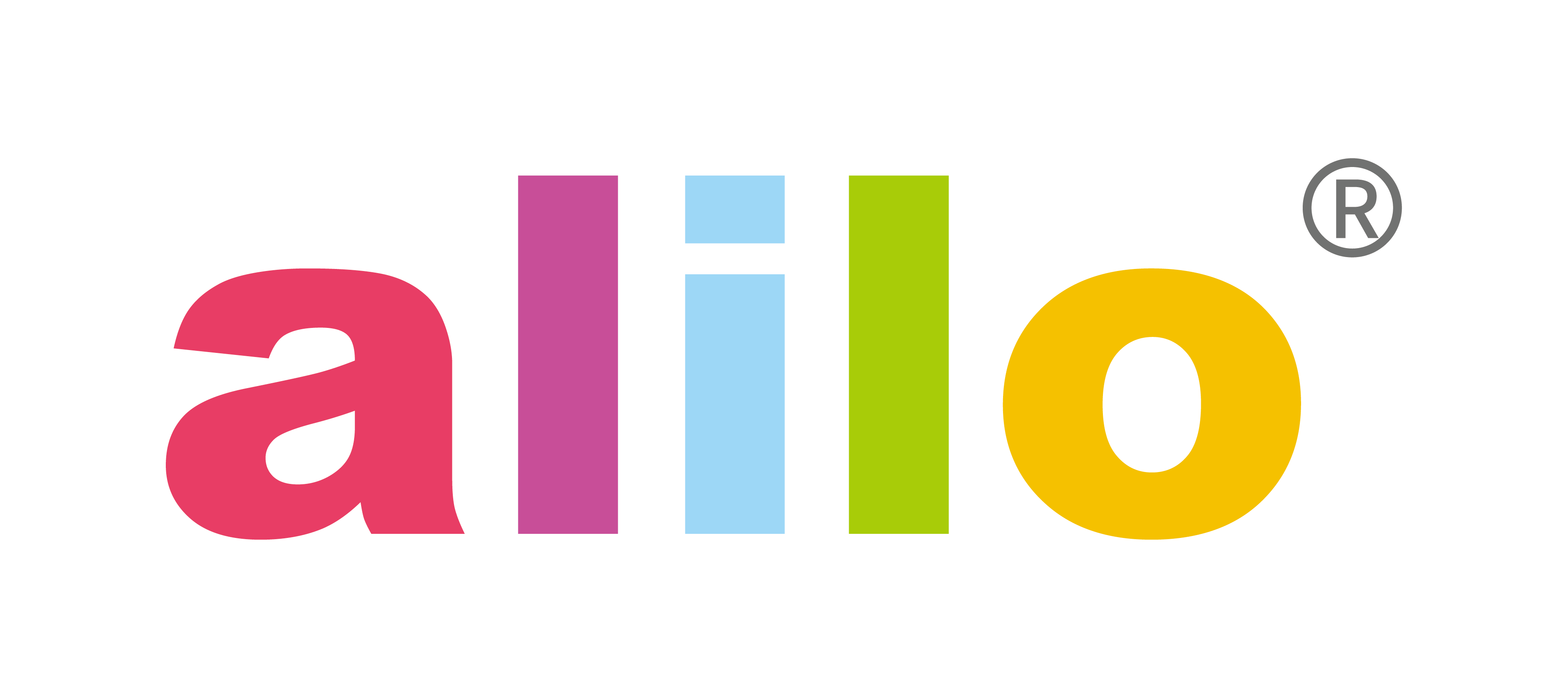
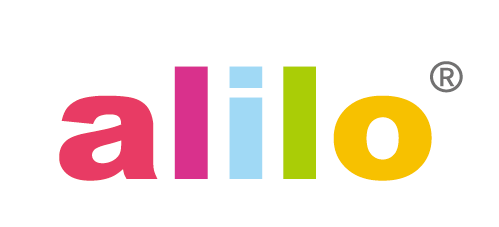
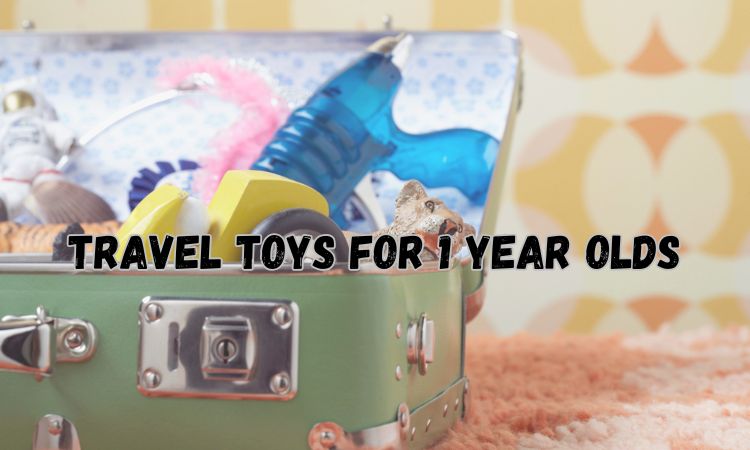
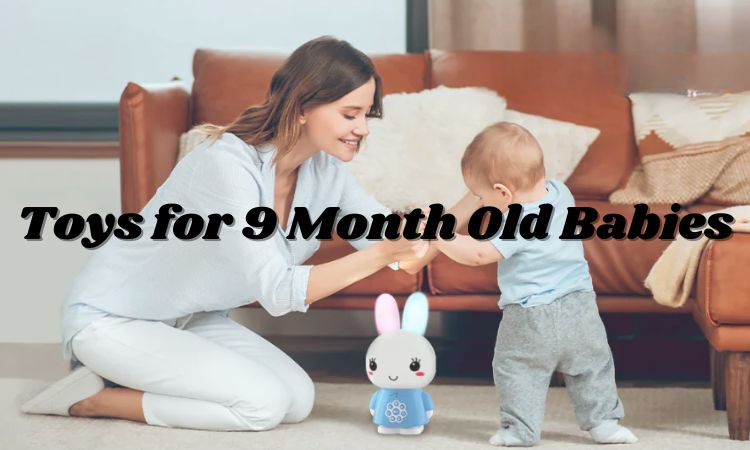
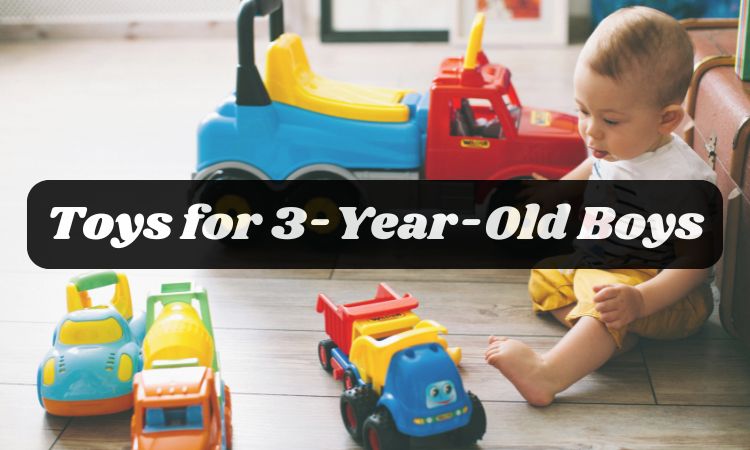
Share and get 5% off!
Simply share this product on one of the following social networks and you will unlock 15% off!